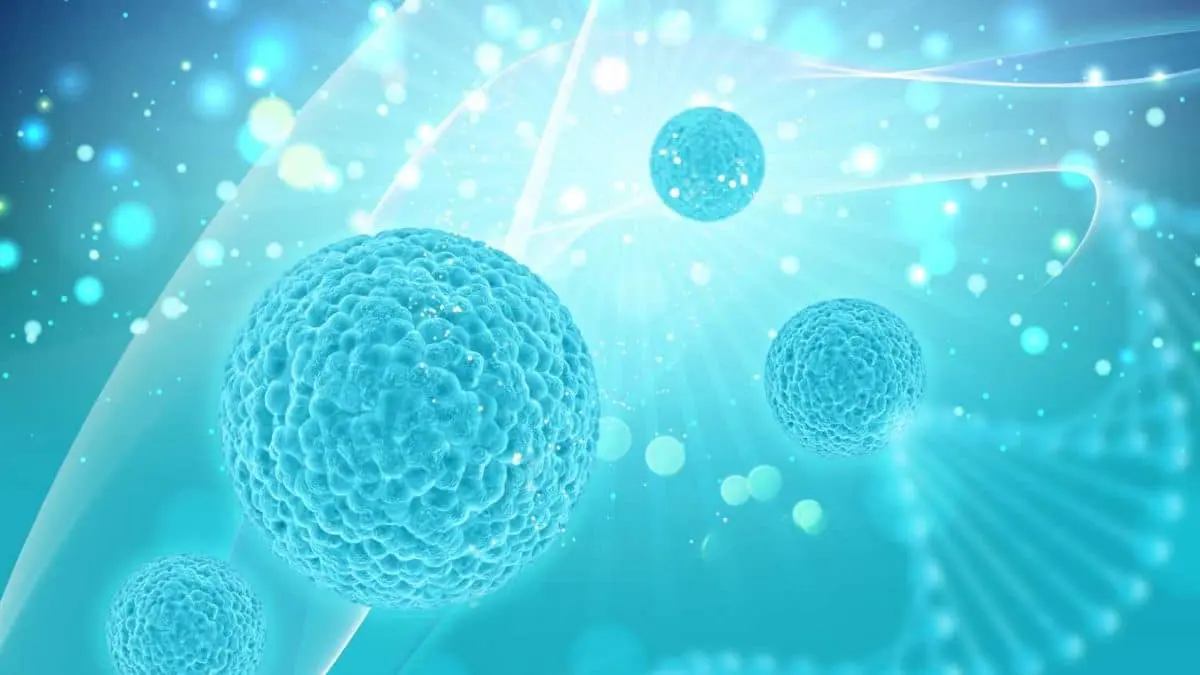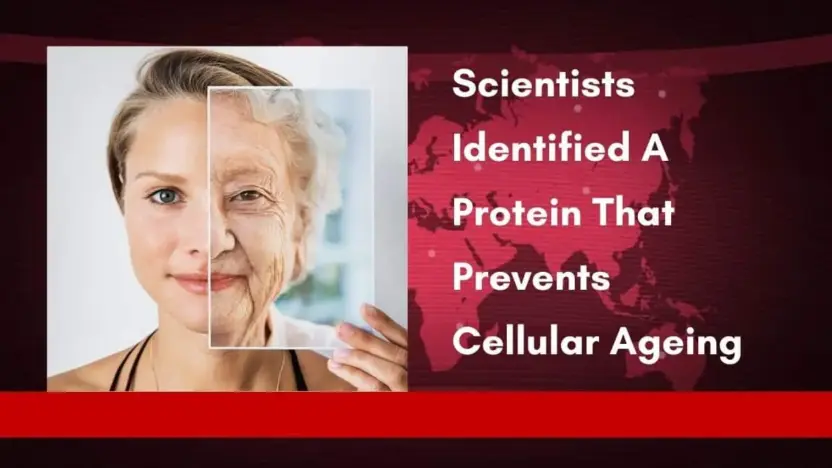Recently, Scientists Identified A Protein That Prevents Cellular Ageing. They discovered HKDC1, a protein that critically maintains the health of mitochondria and lysosomes, two vital organelles in our cells. Often referred to as the cell’s powerhouses, mitochondria provide the necessary energy for various cellular activities. Meanwhile, lysosomes serve as the waste disposal system, breaking down and recycling cellular debris and other unwanted materials. Damage or malfunction in these organelles can lead to accelerated aging and various diseases.
Another protein called TFEB intricately links with the functioning of HKDC1. Previously, scientists understood TFEB’s involvement in maintaining organelle function but lacked full insight into its mechanism. The recent study from Osaka University uncovered that TFEB activates HKDC1 under stressful conditions, especially when mitochondria or lysosomes face compromise.
This activation plays a crucial role in the cell’s response to damage and stress, triggering protective and repair mechanisms. HKDC1 doesn’t operate alone; it collaborates with TOM20, a protein on the outer membrane of mitochondria, to perform a critical process known as mitophagy — the targeted removal and recycling of damaged mitochondrial parts.
Dual Protection: HKDC1’s Role in Mitochondria and Lysosomes

HKDC1’s partnership with TOM20 is particularly important for mitophagy. This process is essentially the cell’s way of cleaning out damaged or dysfunctional mitochondria, preventing them from causing further harm. By removing these faulty components, HKDC1 helps maintain mitochondrial integrity and function, ensuring the cell continues to receive the energy it needs. This is not just about keeping the cell powered; it’s also about preventing the types of damage that can lead to cellular aging and disease.
HKDC1’s role isn’t limited to mitochondria; it’s also vital for lysosomal health. When lysosomes are damaged, HKDC1, guided by TFEB, steps in to assist in their repair. This is where VDACs (Voltage-Dependent Anion Channels) come into play. VDACs facilitate communication and material transfer between lysosomes and mitochondria. HKDC1 interacts with these channels, ensuring that the two organelles can effectively coordinate for mutual health and stability. This interplay is crucial for the cell’s overall health and its ability to recover from stress and damage.
Implications and Future Directions

The dual role of HKDC1 in maintaining both mitochondria and lysosomes is a significant discovery in the field of cellular biology. By ensuring the stability and health of these organelles, HKDC1 plays a pivotal role in preventing cellular senescence — the process where cells cease to divide and function, which is a key contributor to aging. Understanding how HKDC1 works opens up new avenues for potentially slowing down the aging process at the cellular level, which could have profound implications for human health and longevity.
The study’s findings provide exciting new directions for treating age-related diseases. By targeting the pathways and mechanisms involving HKDC1, scientists might develop therapies that enhance the function of this protein or mimic its actions, thereby boosting the health of mitochondria and lysosomes. Such treatments could potentially delay the onset of diseases linked to aging and improve the quality of life for millions of people. As research continues, the full potential of targeting HKDC1 for therapeutic purposes will become clearer, potentially revolutionizing how we approach age-related health issues.
Also Read: New species discovered in year 2023



